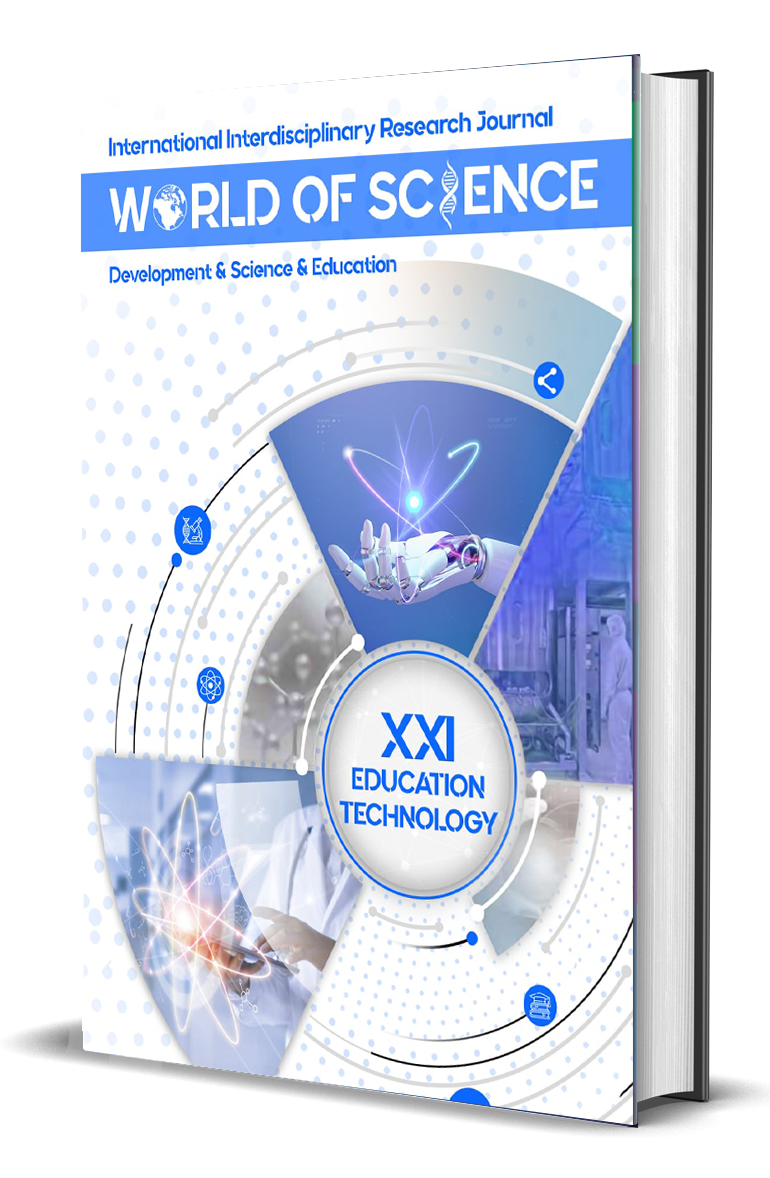POLYSEMY IN COGNITIVE LINGUISTICS
Keywords:
Cognitive linguistics, Cognitive lens, The notion of polysemy, an instance of etonymic/metaphoric transfer, domains of language, namely lexicon, morphology, and syntax, force polysemy, polysemous words, difference between polysemy and homonymy.Abstract
The purpose of the article is to demonstrate the deep language features that predefine polysemy in English from a cognitive lens. Following a distinguished principle of cognitive linguistics, we consider the semantics of a word to be a two-level phenomenon, having the semantic (external) level and the conceptual (internal) level. In contrast to conventional research into polysemy within historical and lexical semantics, cognitive analyses do not focus on words but consider polysemy a cognitive organizing principle common to other domains of language: morphology, phonology, and syntax
References
1. Catford, John. C. 1965 A Linguistic Theory of Translation. London: Oxford University Press.
2. Croft, William and D. Alan Cruse. 2004 Cognitive Linguistics. Cambridge: Cambridge University Press, 109 140
3. Daliyeva M.X. Polysemy in cognitive linguistics. American Journal of Pedagogical and Educational Research - (2023): 138-140Szmidt J.K. Pedagogika twórczości. – Gdańsk: GWP, 2007.
4. Evans, Vyvyan. 2007: A Glossary of Cognitive Linguistics. Edinburgh: Edinburgh University.
5. Kambarova M. M. Semantic and functional features of lexical units in the field of architecture and construction in English and Uzbek //Linguistics and Culture Review. – 2021. 5. – №. 1. – С.
6. Saloydinova N. S. Lexical and semantic peculiarities and problems of the translation of architectural and construction terminology from English into Russian and Uzbek//Theoretical & Applied Science. – 2020. – №. 1. – С. 19-22.
7. Saloydinova N, Ahmedov O, Zakirova H. Diachronic study of Uzbek and English architectural construction terms. Ilkogretim Online. 2021 May 1;20(3).
8. Zakirova, Khilola Abduraxmanovna. "Terminology as a research object of linguistics and specific features of construction terminology." Theoretical & Applied Science 4 (2020): 149-151.
9. Wiszniakowa N. Akmeologia kreatywna. – Łódź: Wydawnictwo Instytut Postępowania Twórczego, 2003.




